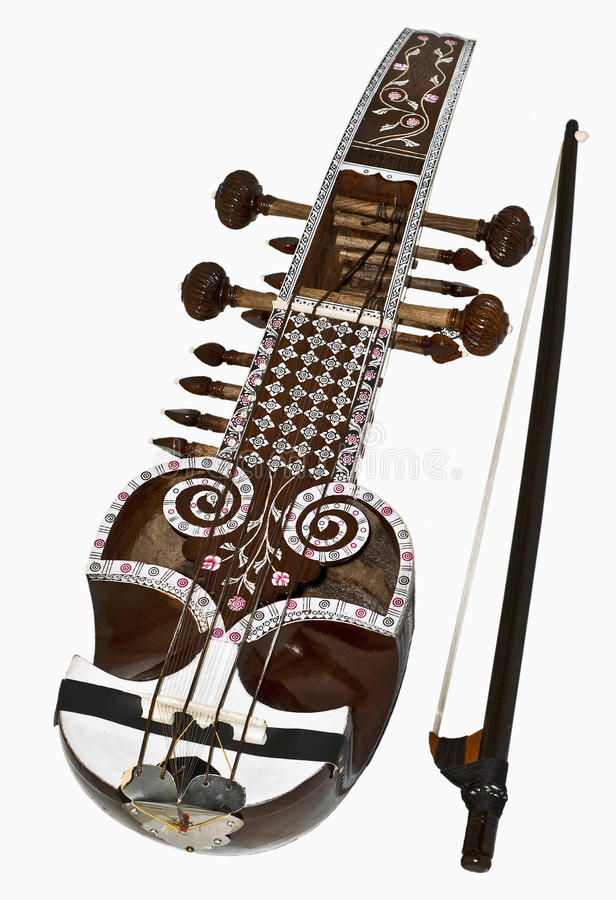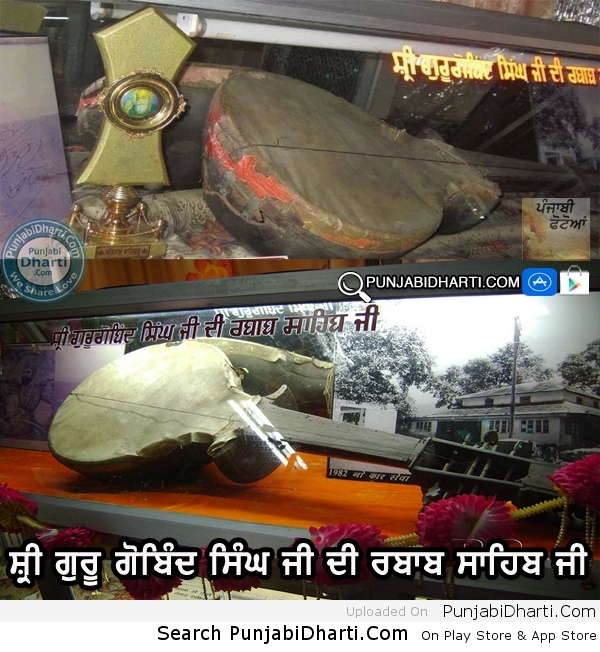

The year-long journey of exploring and celebrating popular Indian festivals through music comes to an end only to celebrate the forthcoming year with more music from many more festivals in India. The music begins with a restful aalap gradually getting intense like the war described by Guru Gobindji in his poetry. While we talk about the Tabla, it must be noted that the tabla player is using a Punjabi Dhama– an upright kept cylindrical bass drum having the conventional syahi replaced by a thin layer of wheat dough or a paste referred to as masala underneath the skin. Tabla players are also seen joining the musical conversations by accompanying impromptu passages complementing the musicians. One can only imagine the ordeal put on self to attain such prowess. The sparkling clarity of the Raagi in uttering every single word of the poetry at varying speeds is highly admirable. The two most important musical elements that attract the listener’s attention are triple time rendition, called as Tishra jaati in Raag sangit, of the poetry arranged in teen taal and the flawless vocal calisthenics performed by the Raagi (from time stamp 4:11). As per the title and translation provided by a listener, it could be understood that the poetry describes the battle between warriors from the epic Ramayana. The Swar Mandal and Tanpura provide the melodic and tonal reference respectively. Tabla, Harmonium, Flute, Sitar form the essential accompanying instruments along with Esraj and TarShehnai – a bowed string instrument, similar in appearance to Sitar. The difference is nothing but a deluded impression.

We now look at some of Guru Gobind Singhji’s noteworthy poetic references through which he conveyed invaluable messages to mankind.ĭehura maseet is one of his many scholarly and relevant writings under the Kabit (literally- poetry) heading, which describes oneness in human beings by the same creator. Scholars admire Guru Gobind Singhji’s exclusivity by adding his verses in the Granth Sahib and conferring it as the living Guru. The former is a compilation of Banis (sayings) of Nine gurus installed at the throne of Damdama Sahib in 1708, while the latter is a compilation of his own writings. Two granths (literally a book) in Sikhism- namely, Guru Adi Granth now Guru Granth Sahib and Dasham Granth, literally the tenth book, are highly regarded. Besides instituting Khalsa and guiding the community to be benevolent, Guru Gobind Singh ji was a poet and philosopher too. He transformed the attire of Sikhs and gave the community identity by instituting Khalsa, quotes author Haroon Khalid in his article ( click here). Guru Gobindji instituted the warrior community Khalsa- the pure- in Sikhism. Here, Guru Gobind Singhji’s resilience aptly guides us to value our beliefs and that faith in anything could not be imposed but nurtured by principles. However, as misfortune would have it, neither he nor his family survived the oppression of Mughals and as a result were executed for not complying to convert to Islam. Jealous of his skills attempts to obliterate his increasing influence by his rivals always went in vain. He honed many skills such as horse riding, swimming, archery, and martial art forms. Gobind Rai (Original name) was born in Patna to the ninth Guru, Guru Tegh Bahadur and Mata Gujri in 1666. Guru Gobind Singh was the last among the ten Sikh gurus venerated for his accomplishments, contributions, and deeds on his birthday. But before I embark on my new series, I would like to humbly thank all my Gurus, seniors, friends, family, and acquaintances who appreciated, critiqued, and encouraged me to continue the course. Therefore, I will attempt to present famous personalities whose work inspired and enriched my journey in music and will continue to do so forever. In continuation to my previous year’s write-ups that featured twelve major festivals of India, this time we will look at those that are less popular yet are of paramount importance in the present-day context.


 0 kommentar(er)
0 kommentar(er)
